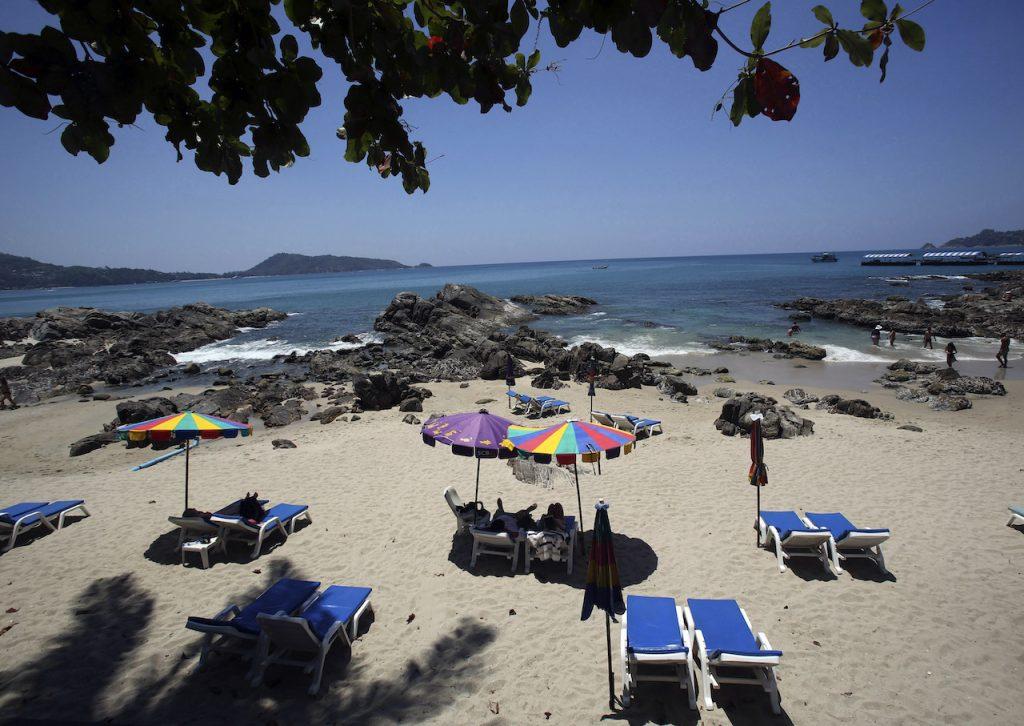Once Asia’s high flying currency, Thai baht now plunging to new lows
Because of the country's over-reliance on tourism, the Thai baht is fast turning into Southeast Asia's worst performing currency.
Just In
The Thai baht, the strongest-performing currency in Asia before the pandemic, has been steadily falling in 2021 and is this year’s worst-hit currency in the region, according to Japan’s Mizuho Bank.
The baht has plunged more than 10% against the US dollar year-to-date, as of Monday morning, according to Refinitiv Eikon data.
Thailand’s currency is the weakest-performing this year compared to other major Asia Pacific currencies, according to Refinitiv. Against the greenback, the Japanese yen is nearly 7% lower, the Malaysian ringgit declined by 5%, while the Australian dollar is down 4.43% year-to-date.
“At face value, the baht as the unequivocal and significant laggard does not square with Thailand’s solid but diminished current account surplus or relatively low inflation,” wrote Vishnu Varathan, head of economics and strategy at the bank.
In 2019, before the Covid pandemic hit, there were concerns about the strengthening baht, which was buoyed by its large trade surplus. A stronger currency makes the country’s exports more expensive, causing them to be less attractive in international markets.
Still, the baht’s underperformance this year cannot be solely blamed on the Covid pandemic, considering that the impact of the Delta variant on the rest of the region is “far more dismal”, Varathan said.
He pointed out the sharp decline in tourism numbers has actually multiplied the “Covid devastation” on Thailand’s economy.
Thailand had only just over 34,000 tourist arrivals as of May this year, compared with over 39 million in 2019, according to data from its tourism ministry as well as the World Bank.
The country relies heavily on tourism dollars for economic growth. Tourist spending accounted for about 11% of Thai GDP in 2019, before the pandemic.
Fewer tourists also mean lower demand for the Thai baht.
“The sheer force of this ‘tourism multiplier’ means that it remains the decisive drag on the baht,” Varathan said.
“Further ‘variant risks’ and attendant rolling delays to tourism and travel resumption will continue to pose a clear and present threat to the baht,” he said, referring to new variants of Covid.
Thailand’s over-reliance on tourism is going to be “very challenging” for the country as it seeks to reopen up to tourists while still battling with the pandemic, Nomura’s Chief Asean Economist Euben Paracuelles said.
The country’s attempts to reopen its tourism destinations have not gone well, he told CNBC.
In July, Thailand started a so-called “sandbox” pilot scheme in Phuket, where tourists can visit the holiday island without quarantining. But just a week after it reopened, it recorded its first Covid case – a tourist from the United Arab Emirates. By the end of the first week, it had 27 new cases, according to the AP.
“They have very ambitious targets, they want to fully reopen by October but I think that’s probably too ambitious,” Paracuelles said. “And because of Thailand’s over reliance on tourism, I think that’s where the drive and the recovery will be coming from the most.”
Subscribe to our newsletter
To be updated with all the latest news and analyses daily.
